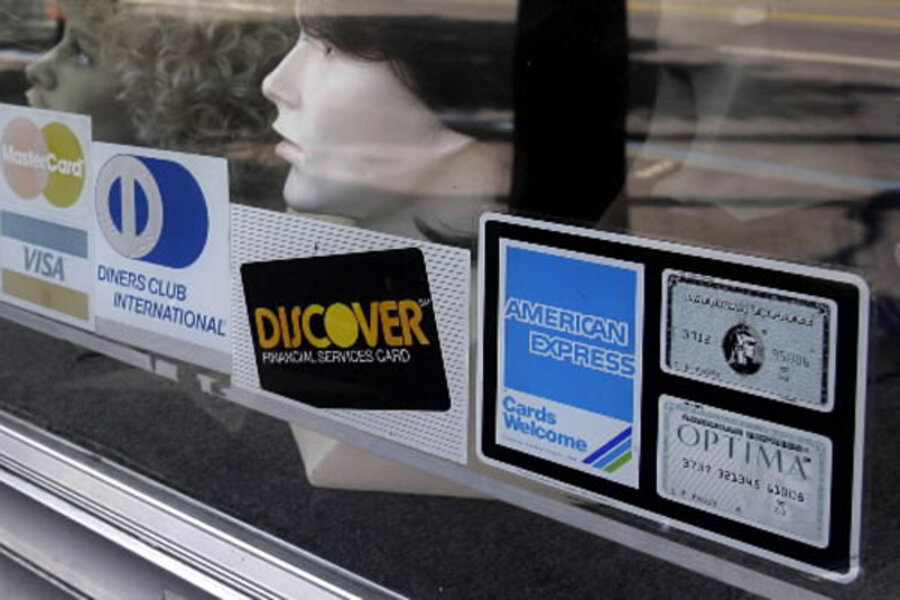Hackers access Adobe’s source code, plus 2.9 million customer accounts
Loading...
Adobe is a software company you likely use on a daily basis without even realizing it, running applications like the ubiquitous Flash plugin and Adobe Acrobat (which reads PDFs), to ColdFusion (a web application development tool) and Photoshop. Now this software company is in the spotlight as the latest victim of a major security breach.
Adobe announced Thursday that a hacking group had gained access to 2.9 million Adobe customer accounts, including login and credit card information, as well as the source code to several flagship Adobe products. The company announced in a blog post customers whose accounts were compromised will be prompted to change their password, and it has reached out to credit card companies to alert them of the potential breach.
Adobe was alerted to the attack by cybersecurity journalist Brian Krebs, working with researcher Alex Holden, CISO of Holden Security LLC, who discovered 40 GB of stolen data that included the source codes for several Adobe products, such as Acrobat and ColdFusion, according to a blog post on Krebs’ website. Krebs and Holden alerted Adobe of the hack, and the company confirmed the hackers likely gained access to the source code repository after breaking into Adobe’s credit card transaction network.
Krebs, a former Washington Post security reporter turned independent cybersecurity journalist, says Adobe encrypts credit card information; so a password change will likely be the extent of the effect on 2.9 million people whose customer accounts were accessed. The larger issue is that the hackers were able to access Adobe’s closed source code, which could mean more attacks are on their way.
“If you give somebody the blueprints to the Death Star, it is a lot easier to infiltrate,” he says.
The Death Star in this case is the Adobe software ecosystem, which runs closed-source code that isn’t available to the public. One reason companies use closed-source code is for security: if people can’t see the code, they don’t know how to break it. That is unless, as in this case, the code is illegally accessed. Though Adobe is now aware of a few vulnerabilities in its software, the hackers that had access to the source code could be on the prowl for other weak spots.
This could mean more widespread attacks on Adobe products, which cover everything from opening PDFs through Adobe Reader to designing web apps through Adobe ColdFusion. So what is the hackers' motivation? Krebs says it could range from gaining deeper access for more targeted attacks, as hackers better understand the framework of Adobe security, or even to sell source-code secrets. An Adobe source code vulnerability could go for “tens of thousands” of dollars, he estimates. And this is only the tip of the iceberg.
"It wasn’t just some opportunistic [hacker]," he says about the attacks. "They’ve been very methodical about the targets."
He points out that the hackers behind the attack were also behind recent data breaches at LexisNexis (which holds a huge database of legal and public records), Dun & Bradstreet (a data aggregator), and Kroll Background America Inc. (which gathers information on employment, drug, and health screening). Their motivation, he explains in a previous blog post, for those attacks was likely to gain information on knowledge-based authentication, which could then be used to apply for credit or transfer money. So if a banker asks a hacker for a social security number or employment history, they would be able to answer using information gleaned from these companies’ servers.
This news comes to light amid a growing number on cyber attacks on companies from Apple to US-run natural gas pipeline operators, to the New York Times, and motivations can be anything from political statements to identity theft. Krebs says he isn’t sure whether the rise in attacks is due to an increase in attacks or increase in coverage of attacks, but he says it is something that every business needs to look out for.
“Any organization that says they aren’t getting attacked likely [isn't] looking hard enough,” he says.
Though Adobe has its security work cut out for them, what could the average Adobe customer do to protect against a future hack? Krebs says switching up software, like using Foxit or Sumatra to read PDF files is a good idea. Another Adobe blog post suggests updating all security measures on Adobe software.
Ultimately, Krebs says it comes down to whether companies are developing their cyber security as fast as hackers are finding cyber vulnerabilities.
“I only expect these acts to grow,” he says. “The question is: can companies up their game?"









